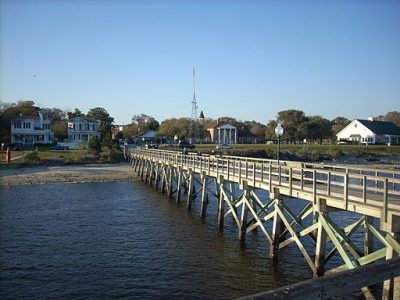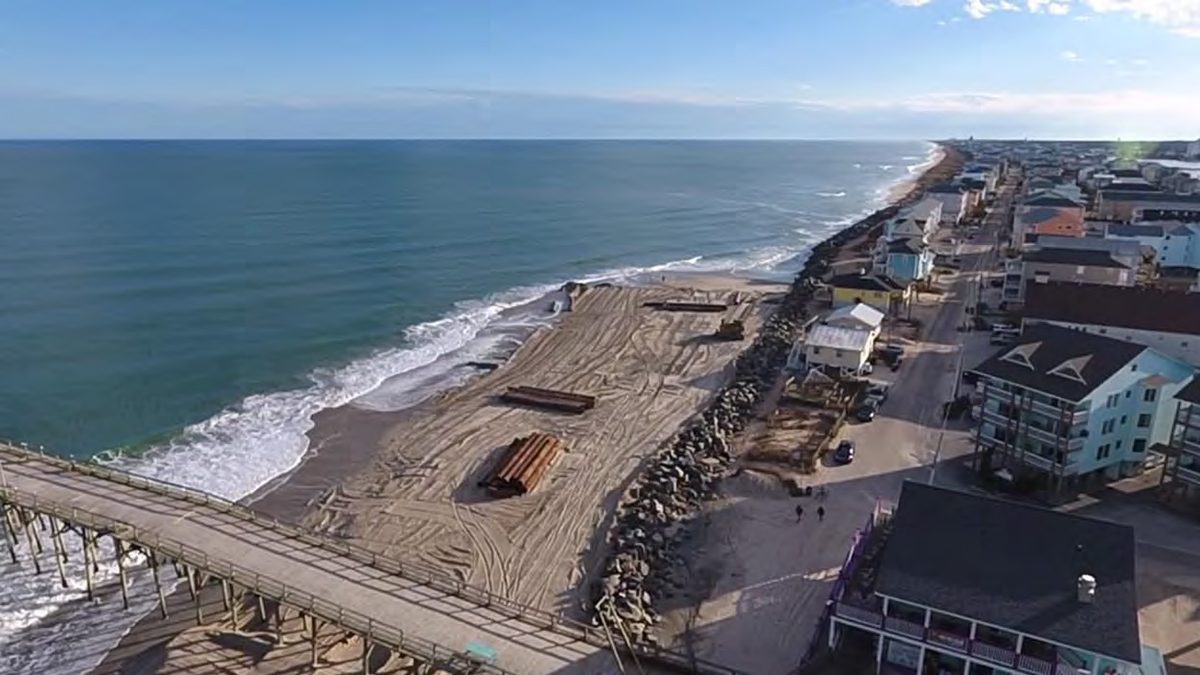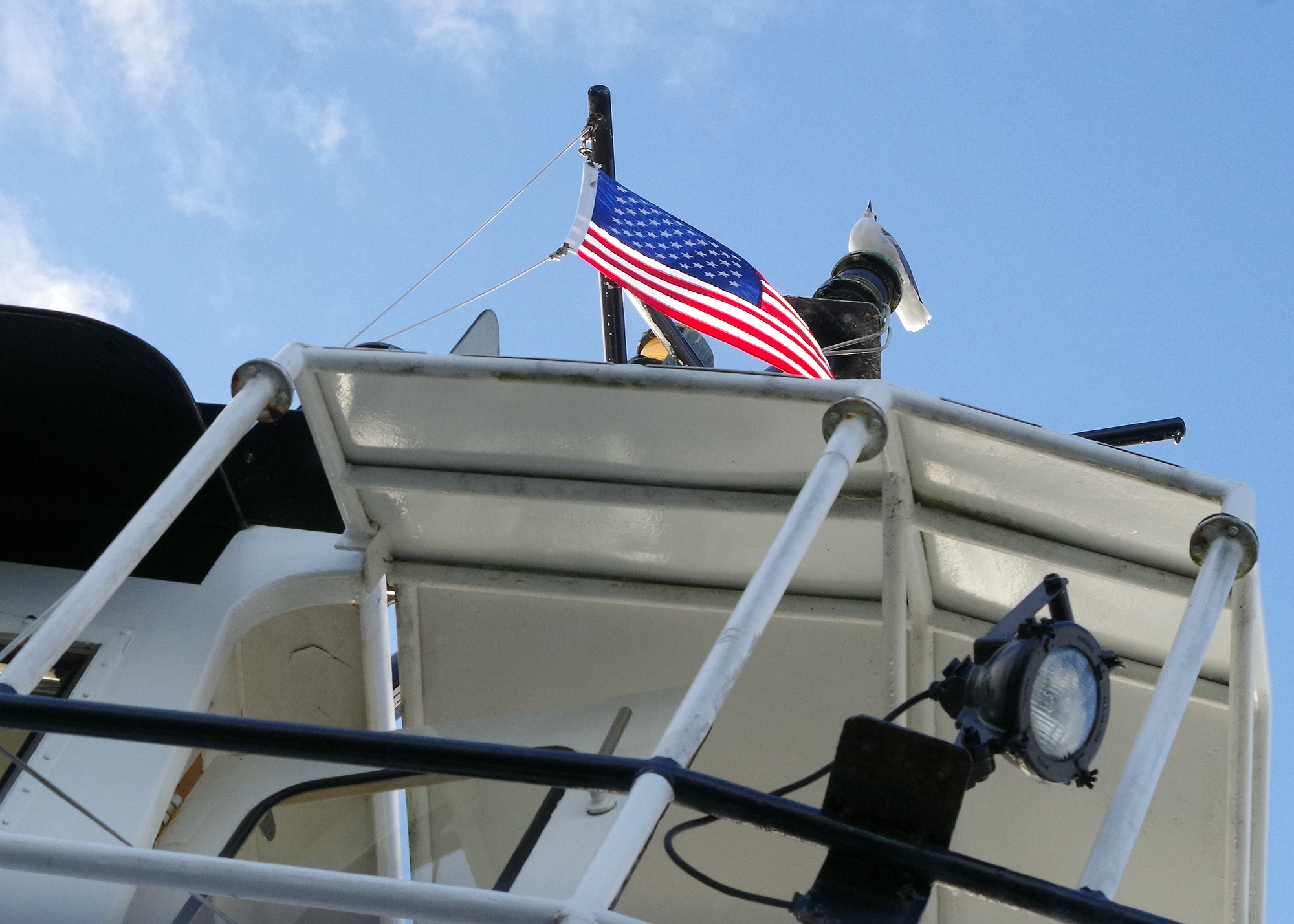
SOUTHPORT — Officials here announced that they have secured funding for shoreline stabilization, The State Port Pilot reported, part of an overall plan for town waterfront enhancements.
An announcement to address erosion town officials said is caused by ship and recreational boating traffic and natural processes was made during the board of aldermen’s regular meeting July 12.
Supporter Spotlight
Design plans were presented by the waterfront steering committee in September 2015. The board was told that erosion control needed to be established first.
The city asked the North Carolina Ports Authority earlier this month about forming a partnership, and the state agency agreed.
A city official would not say how much the city would get from the Ports Authority but said it would cover the costs of shoreline stabilization and implementing the waterfront steering committee’s design.
Though a city official said that three and a half years of discussion on the shoreline stabilization aspect took place, public records show that the negotiations happened quickly.
The city received July 10 a proposal from Norris & Tunstall for civil engineering services for the project, a shoreline improvement plan for about 4,000 feet along the town’s Cape Fear waterfront. The proposal includes services for planning, schematic level engineering, final design and permitting for $198,000.
Supporter Spotlight
Southport city manager Bruce Oakley emailed July 11 Paul J. Cozza, executive director of North Carolina Ports Authority, to request funding for the study.
On July 12, Cozza responded to Oakley’s email in the affirmative, saying that they are prepared to reimburse the city for half of the $198,000 engineering project costs.
While the board did not take action on that specific Norris & Tunstall study, toward the end of the meeting July 12 a motion was approved to allow the city manager to approve engineering contracts on the city’s behalf.
After the city receives qualifications from other firms, one will be selected and the design and permitting process will begin. The permitting and design process will take about 12 months, with construction taking more than a year.







